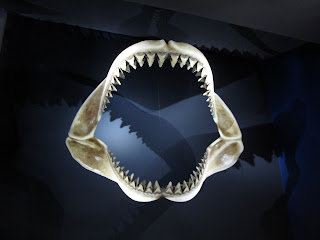Female Blackbird picking a Holly berry
In the last few days I have watched a pair of woodpigeons and a Blackbird feeding on holly berries. This time of the year, Holly berries are an important source of winter food for of all British thrushes, including the Blackbird; robins, blackcap and woodpigeons also regularly feed on them. It is Holly tree defence by Mistle thrushes to feed on the berries that has the highest ecological significance. Holly berries keep very well even after strong frosts, and this makes them ideal trees for Mistle thrushes to defend. Mistle thrushes defence of the tree can be overwhelmed by flocks of hungry birds on periods of frost when the tree can provide emergency food than otherwise wouldn't exist. Berries on successfully defended trees can last until July, whereas undefended ones are already devoid of berries in January.Holly berries
A bush or small tree, Holly can reach up 10 m of hight, it flowers in May and June and it is dioecious, which means that there are male and female trees and only female ones produce berries.A large female Holly growing on a street in Hull
Holly male flowers and buds in early May
Hollies are pollinated by bees and bumblebees. Holly Blue butterflies also visit the flowers and in April the females of the Holly Blue can be seen laying their eggs on young shoots and buds at the tip of the branches.Female Holly Blue laying eggs
Given that they are evergreen and well defended by their hard, spiky leafs, Holly is also used for shelter and as a good nesting tree by many birds.Sources: Snow, B. and D. Snow (1988) Birds and Berries. T&AD Poyser, Calton.



















































